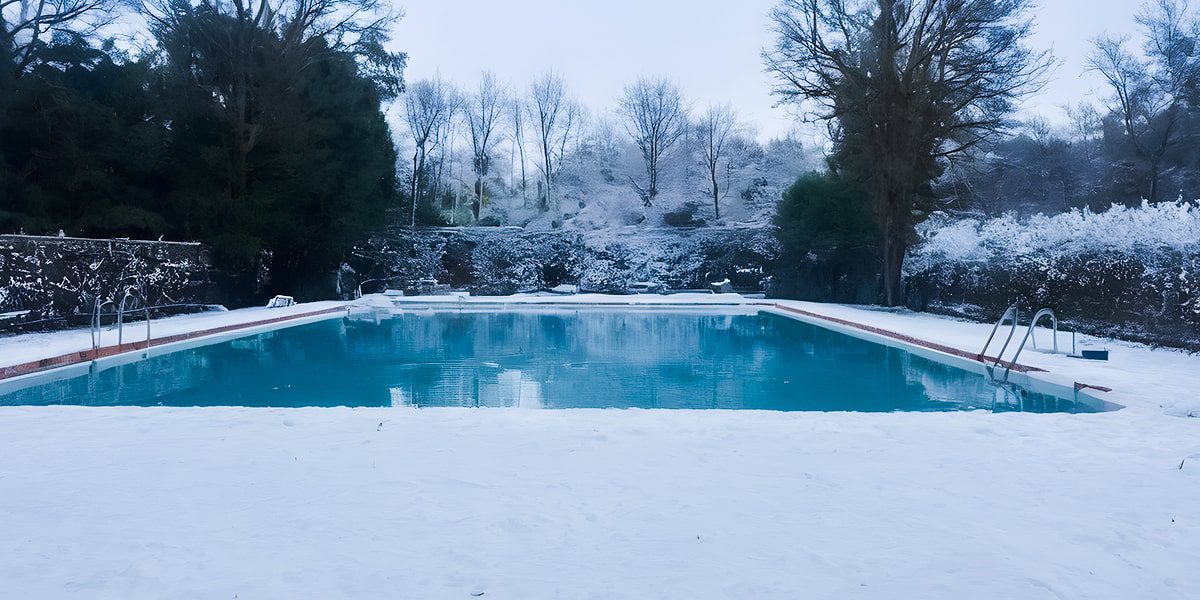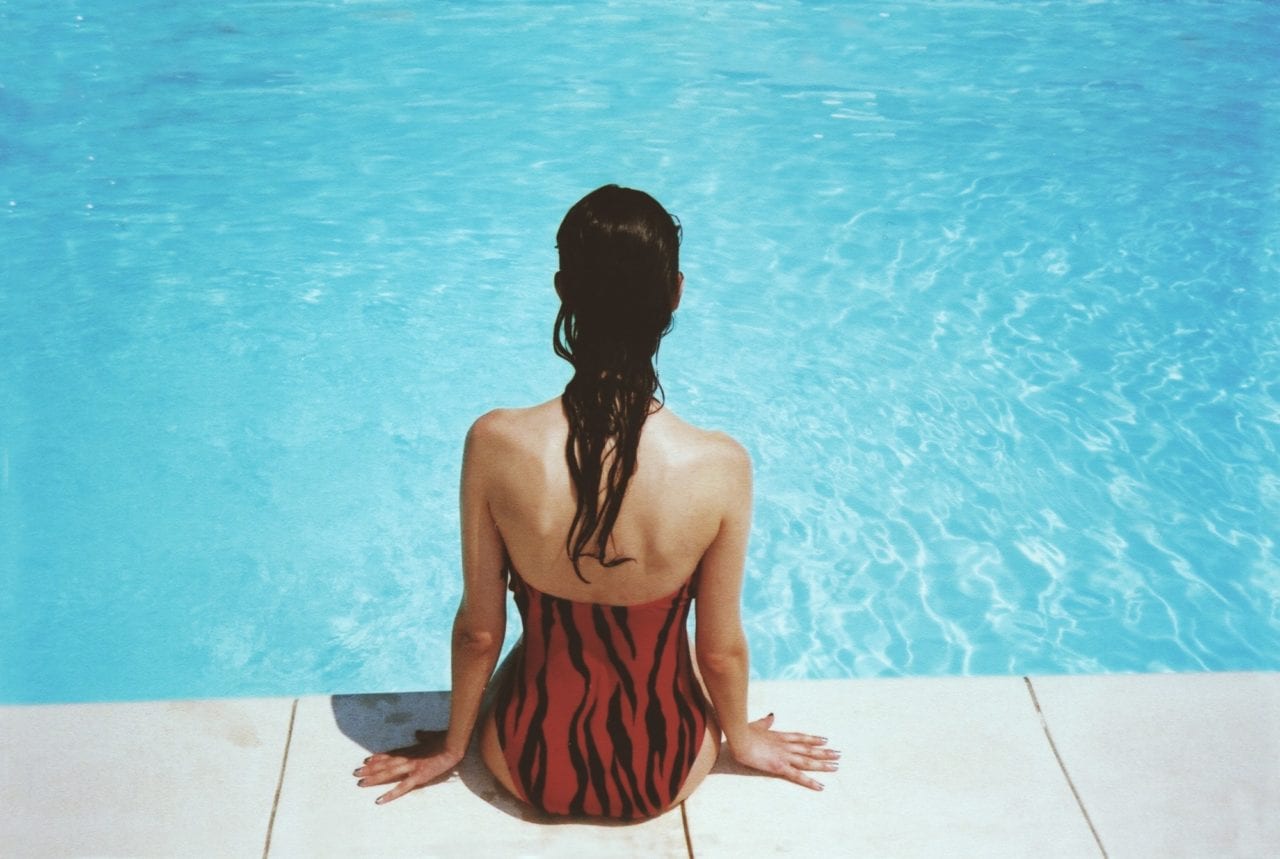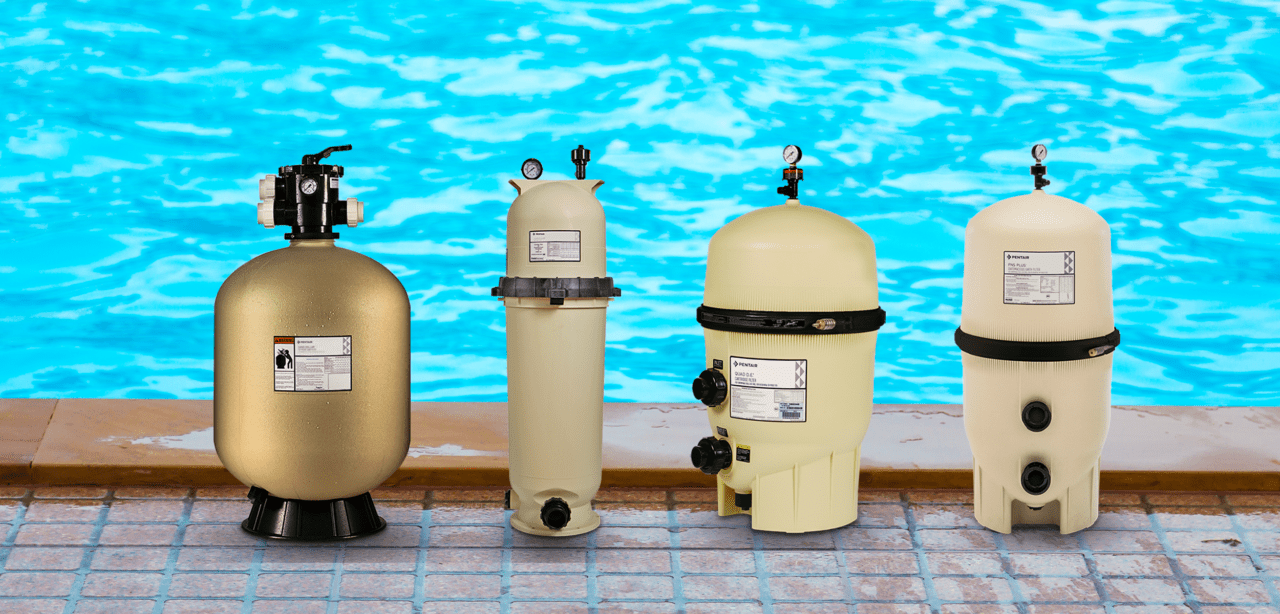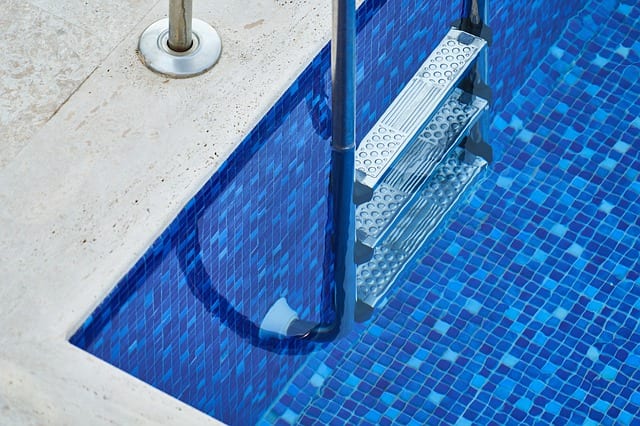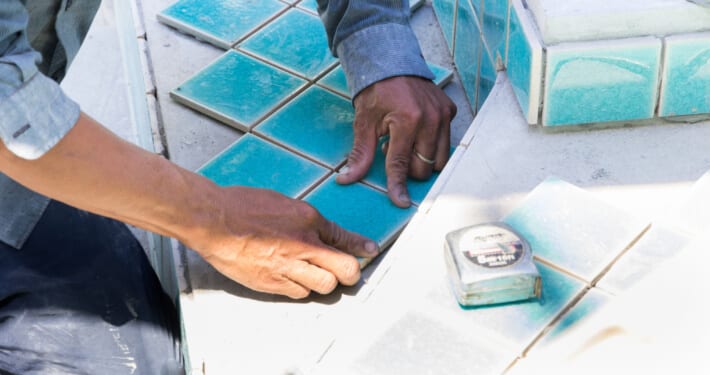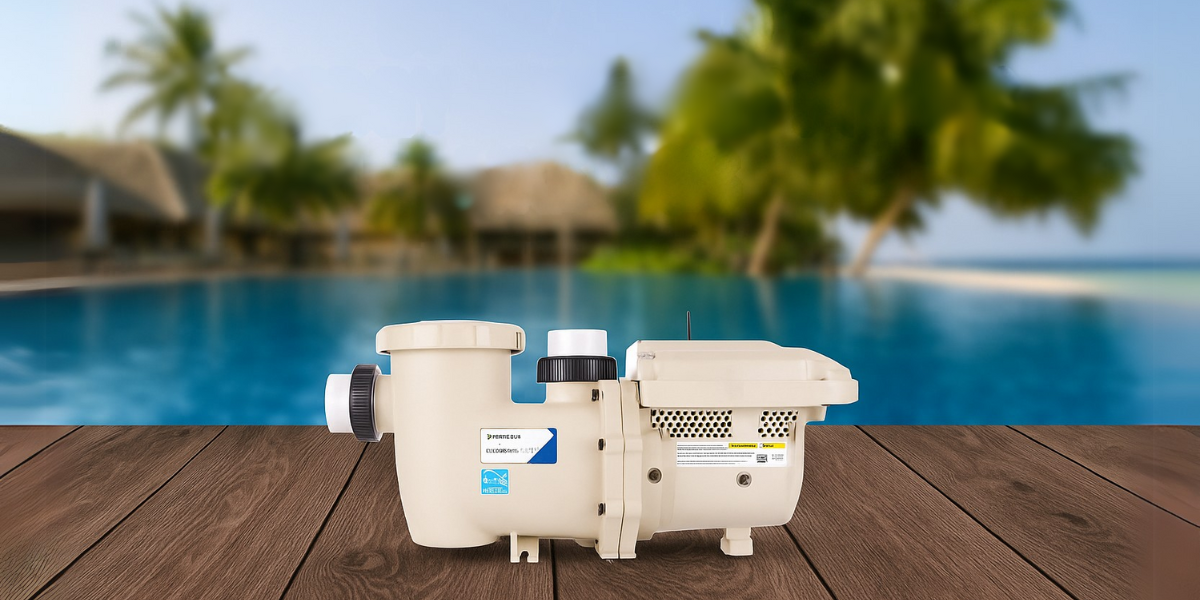Your swimming pool might not qualify for a listing on the National Register of Historic Places. But if you ask your kids and the rest of the neighborhood, your pool deserves first place on the list of the most fun places to hang out during swimming season.
Your pool has been around for several years now and sometimes you look at it and think, “It’s aging about as gracefully as I am.”
You may notice a bit of fading and a few extra lines (or cracks). You wonder if it isn’t time for a facelift. The pool, not you.
If it really is the pool you’re talking about, we can help. Here are a few clues that your favorite swimming hole is ready for pool resurfacing.
Shades of Fade
Unless your pool is white, fading is inevitable. Concrete pools fade, fiberglass pools fade, and so do pools with vinyl liners.
It’s understandable considering your pool spends its life submerged in water and beat on by the hot Texas sun.
If your pool has a traditional plaster surface, you have one of the most popular and affordable surface options. But that finish normally only lasts around 5-7 years before it begins losing its vibrancy.
If your pool is newer, you may have an aggregate finish in either a polished or exposed form. You won’t see as much fading on an exposed aggregate surface on a concrete pool.
The big plus of an aggregate surface? It should last 10-20 years.
That said, plan on resurfacing your concrete pool every 10-15 years.
Is it Stained?
Yes, that probably is a stain on the surface of your pool. Swimming pool stains are common and caused by, but not limited to the following:
- Metals
- Minerals
Rust - Leaves and other debris
- Algae
Your pool tech calls them topical stains and you can clean them with an acid wash. But even with cleaning, you may notice the stains return, get larger, or multiply.
As ugly as stains are, don’t let them stop you from enjoying the water. Call your pool company and schedule pool resurfacing.
It Scratches Your Feet
The normal texture for a plaster surface of a pool is smooth.
Over time, pool chemicals and consistent unbalanced pH levels in the water can cause pitting and deterioration of the pool’s surface. If the surface feels like sandpaper these days, it’s asking for help.
You’ll know when the surface feels rougher than normal. And while you can certainly acid wash or polish it, those are only temporary solutions.
For consistent results and a more permanent fix, it’s best to go ahead and resurface the pool.
You’re Losing Water
All pools lose water and you can’t always blame the filter system or the laws of physics.
Sometimes the blame falls on a worn out or damaged pool surface.
If you’ve ruled out faulty plumbing, or too many extra-large swimmers jumping into the pool at the same time, you should consider a full resurfacing.
Ready to Schedule a Pool Resurfacing?
Whether it’s the fading and stains, the rougher than normal texture, or leaky pool syndrome, with a little TLC your pool can go from looking old and tired to refreshed and restored.
Why not give your pool a facelift before swimming season begins with a complete pool resurfacing.
Contact us today and we’ll put your pool on the schedule!
Want More tips? Read other Articles




